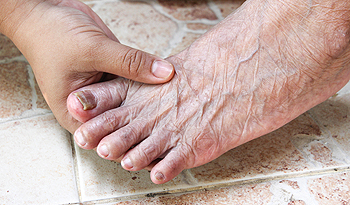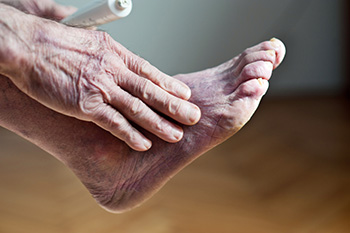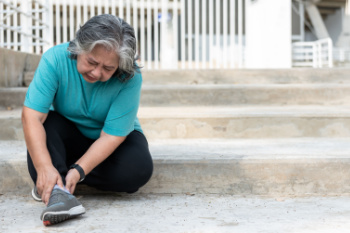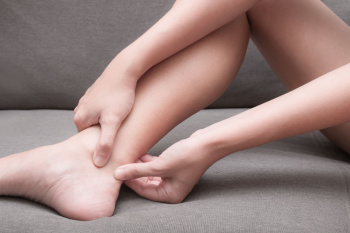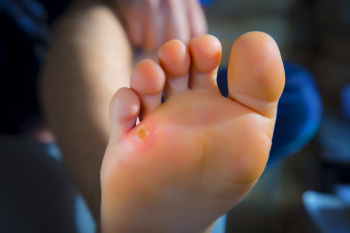
Foot and ankle injuries are common among skateboarders due to the high-impact and dynamic movements involved in the sport. One major cause of injury is inversion sprains, where the foot rolls outward, and eversion sprains, where the foot rolls inward. These sprains can vary in severity, ranging from grade 1, which involves mild stretching of ligaments, to grade 2, where ligaments are partially torn, and grade 3, which involves a complete ligament rupture. In addition to sprains, overuse injuries can occur from repetitive motions, such as pushing off or landing incorrectly, leading to stress fractures or tendinitis. Skateboarders may also suffer from ankle instability, which can increase the likelihood of sprains. If you enjoy skateboarding and have endured an injury, it is suggested that you contact a podiatrist who can offer effective treatment solutions and injury prevention tips.
Ankle and foot injuries are common among athletes and in many sports. They can be caused by several problems and may be potentially serious. If you are feeling pain or think you were injured in a sporting event or when exercising, consult with one of our doctors from Advanced Foot & Ankle Medical Center. Our doctors will assess your condition and provide you with quality foot and ankle treatment.
Common Injuries
The most common injuries that occur in sporting activities include:
- Achilles Tendonitis
- Achilles Tendon Rupture
- Ankle Sprains
- Broken Foot
- Plantar Fasciitis
- Stress Fractures
- Turf Toe
Symptoms
Symptoms vary depending upon the injury and in some cases, there may be no symptoms at all. However, in most cases, some form of symptom is experienced. Pain, aching, burning, bruising, tenderness, tightness or stiffness, sensation loss, difficulty moving, and swelling are the most common symptoms.
Treatment
Just as symptoms vary depending upon the injury, so do treatment options. A common treatment method is known as the RICE method. This method involves rest, applying ice, compression and elevating the afflicted foot or ankle. If the injury appears to be more serious, surgery might be required, such as arthroscopic or reconstructive surgery. Lastly, rehabilitation or therapy might be needed to gain full functionality in the afflicted area. Any discomfort experienced by an athlete must be evaluated by a licensed, reputable medical professional.
If you have any questions, please feel free to contact our offices located in Agoura Hills, Simi Valley, Thousand Oaks Marin St., and Thousand Oaks Haaland Drive, CA . We offer the newest diagnostic and treatment technologies for all your foot care needs.
